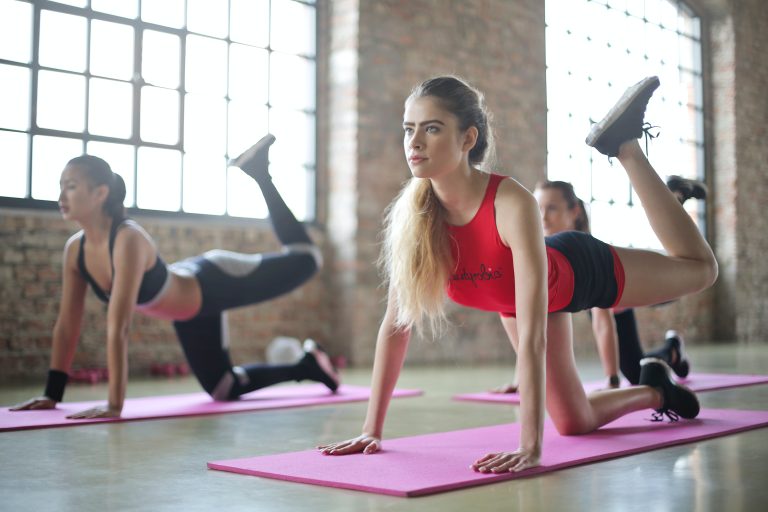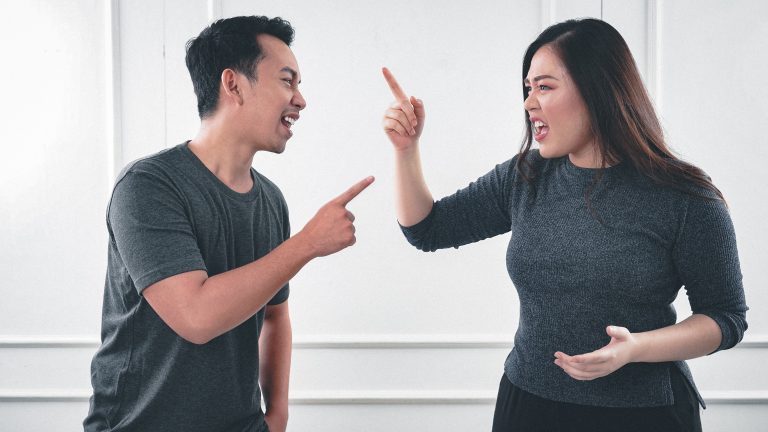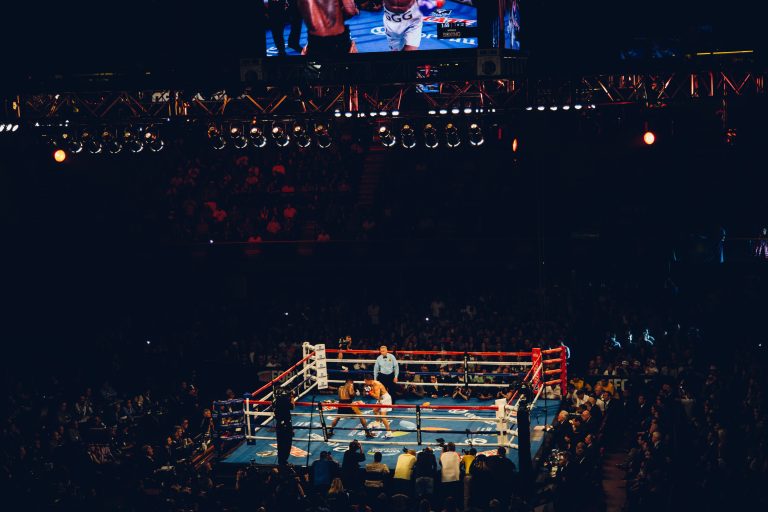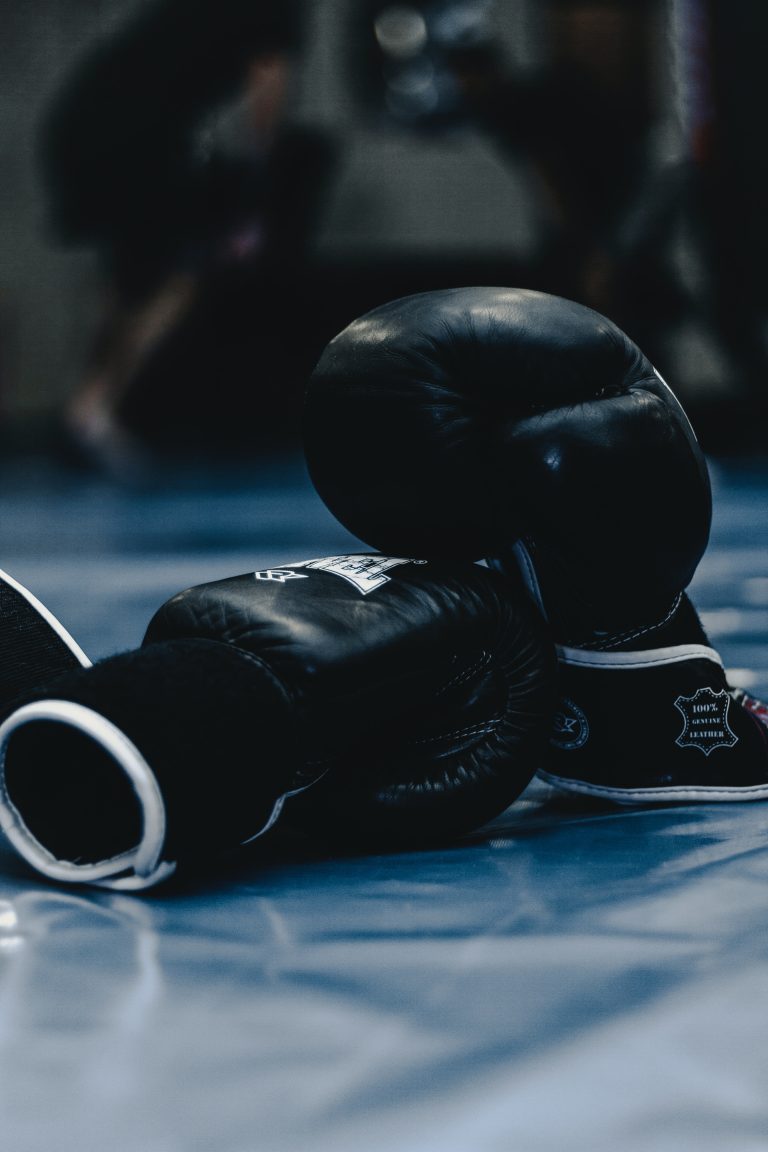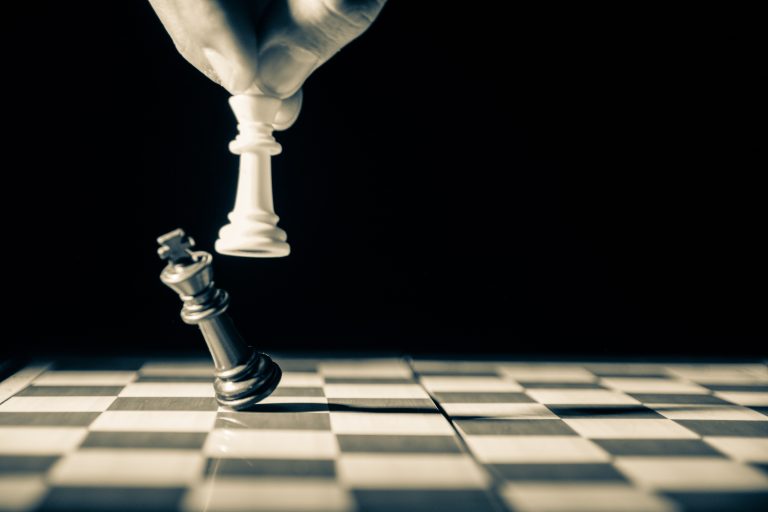Karate: How to Convert Strength into Technique
Karate, the martial art that originated in Okinawa, Japan, is not just about strength and power. It is an art form that requires discipline, focus, and a lot of hard work. The objective of karate is to use your entire body, including your hands and feet, to deliver powerful strikes that can injure or disable an opponent. However to become a proficient karateka, one must learn how to convert their physical strength into technique.
Understanding the Basics
The first step to mastering karate is to understand the basic principles of the art. This includes the correct posture, breathing techniques, and stances. For example, a solid stance provides a stable foundation and enables a karateka to generate maximum force. Meanwhile, correct breathing techniques enable one to control their emotions and focus their mind.
Developing Body Mechanics
Once you have learned the basic principles of karate, it is essential to develop proper body mechanics. Body mechanics refer to the way in which you use your body to generate force. In karate, it is imperative to use the entire body to generate power, rather than relying solely on the arms or legs.
One way to develop proper body mechanics is by breaking down techniques into smaller segments and repeating them until they become second nature. For instance, practicing basic punches, by moving from the legs, involves the hips and aligns the shoulders, will help you develop proper body mechanics.
Applying Techniques
Applying proper techniques is another vital component of karate. While strength is important, technique ultimately dictates one’s effectiveness in combat. Through practice and consistent application, a karateka can improve their ability to execute techniques with speed, power, and accuracy.
Another way to hone one’s technique is through sparring sessions or simulated combat. This provides an opportunity to apply techniques learned in training and test their effectiveness under pressure. Additionally, this is a great chance to develop the agility, coordination, and reaction time necessary in combat situations.
Conclusion
Karate is a martial art where strength alone is not enough. It requires a combination of discipline, control, and technique to be effective. By understanding the basic principles of karate, developing proper body mechanics, and consistently applying techniques, one can convert their physical strength into an effective, combat-ready martial art form. Through continuous practice and hard work, anyone can learn the art of karate and become a confident, skilled practitioner.
Karate: How to Convert Strength into Technique
Karate is a martial art that originated in Okinawa, Japan. It is a form of self-defense that uses striking techniques such as punches, kicks, knee strikes, elbow strikes, and open-hand techniques such as knife-hands, spear-hands, and palm-heel strikes. Karate is more than just a physical exercise; it requires mental discipline, concentration, and focus. In this article, we’re going to explore some of the most frequently asked questions about Karate and how to convert strength into technique.
1. What is the importance of technique in Karate?
Technique is critical in Karate as it is the foundation of all movements. Without proper technique, you can’t execute any moves efficiently, and you risk injuring yourself. Good technique ensures maximum effectiveness with minimal effort. It also improves your accuracy, speed, and power.
2. What is the role of strength in Karate?
Strength is necessary in Karate as it provides the power required to execute techniques. It is especially important for strikes such as the punch or the kick, where you need to generate force to inflict damage on your opponent. However, strength isn’t everything. In fact, excessive reliance on strength often leads to poor technique and can cause injury, especially if you’re not adequately conditioned.
3. How do you convert strength into technique in Karate?
To convert strength into technique, you need to focus on your form first. Proper form ensures that you’re using the correct muscles to execute the move, and that your body is in the right position. Once you’ve mastered the proper form, you can start adding power to your movements.
One way to build your strength for Karate is through resistance training. This type of exercise strengthens the muscles used in striking and improves your explosive power. Plyometrics is another effective method for building power. This type of training involves explosive movements such as jump squats or clap pushups.
It’s important to note that building strength and power takes time. You need to gradually increase the intensity and duration of your workouts, and allow your body time to recover between sessions.
4. How do you improve your Karate technique?
Improving your Karate technique requires consistent practice and attention to detail. Here are a few tips to get you started:
– Practice your forms (katas) regularly. Forms are a crucial part of Karate training as they allow you to practice techniques in a controlled environment.
– Focus on your breathing. Proper breathing allows you to relax and generate power more efficiently.
– Incorporate partner drills into your training. Partner drills allow you to practice your techniques against a moving opponent and improve your timing and accuracy.
– Seek feedback from your instructor. Your instructor can provide valuable feedback on your technique and help you identify areas for improvement.
5. How important is agility in Karate?
Agility is essential in Karate as it allows you to move quickly and effectively around your opponent. It is especially important for defensive movements such as dodges or sweeps. Agility is also important for maintaining balance and preventing injury.
One way to improve your agility is through footwork drills. These drills focus on developing your footwork and coordination, allowing you to move quickly and efficiently. Another effective method for improving agility is through plyometric exercises such as jumping or hopping drills.
6. How important is flexibility in Karate?
Flexibility is crucial in Karate as it allows you to execute techniques with maximum effectiveness and minimum effort. It also helps prevent injury by allowing your body to move through a full range of motion.
To improve your flexibility for Karate, include stretching exercises in your training routine. Static stretching is an effective way to improve your flexibility, especially when done after your workout when your muscles are warm.
7. Is it necessary to learn Japanese terminology in Karate?
While it’s not strictly necessary to learn Japanese terminology in Karate, it’s highly recommended. Japanese terminology is used in Karate to communicate movements and techniques accurately. It’s also a way to show respect to the art and its traditions.
Some common Japanese terminology used in Karate includes:
– Dojo: Karate training hall
– Sensei: Karate instructor
– Kata: Formal sequences of techniques
– Kumite: Sparring
– Gi: Traditional Karate uniform
Conclusion
Karate is a rewarding martial art that requires physical and mental discipline. To convert strength into technique in Karate, focus on building your strength and power gradually, while paying close attention to your form. Agility and flexibility are also crucial for effective Karate technique. Remember to practice regularly and seek feedback from your instructor for continuous improvement.
Inhaltsverzeichnis


